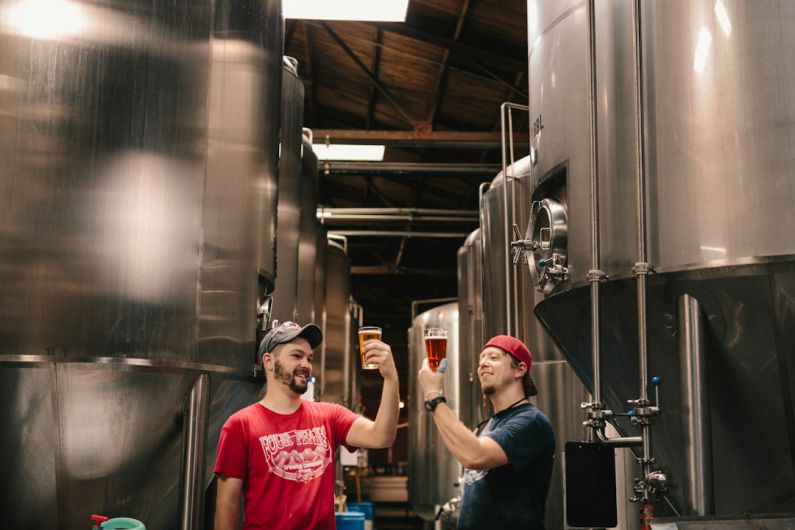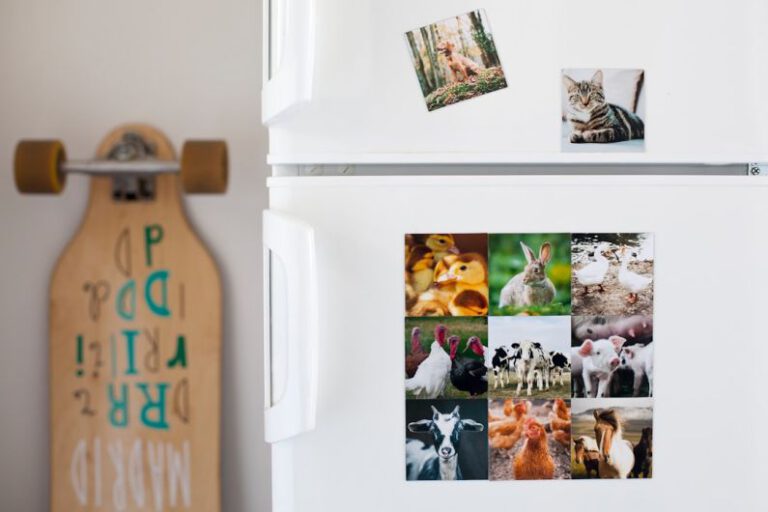How to Brew Your Own Beer at Home?
Brewing beer at home can be a rewarding and enjoyable experience. Not only do you get to customize your beer to your own taste preferences, but you also get the satisfaction of creating something from scratch. If you’re a beer enthusiast looking to try your hand at brewing, follow these simple steps to get started.
Getting the Right Equipment
Before you begin brewing, you’ll need to gather the necessary equipment. Some essential items include a large pot for boiling the ingredients, a fermenter, an airlock, a siphoning tube, a hydrometer, and a thermometer. You can find these items at your local homebrew supply store or purchase them online. Remember to thoroughly clean and sanitize all equipment before use to prevent any contamination.
Choosing Your Ingredients
The next step is selecting your ingredients. The four main components of beer are water, malted grains, hops, and yeast. Water makes up the majority of your beer, so ensure it is of good quality. Malted grains are responsible for providing the sugars that yeast will ferment into alcohol. Hops add bitterness and aroma to the beer, balancing out the sweetness from the malt. Lastly, yeast is the microorganism that converts sugar into alcohol during fermentation.
The Brewing Process
1. Mashing: Start by heating water to a specific temperature and adding your malted grains. This process, called mashing, activates enzymes in the grains that convert starches into fermentable sugars. Allow the mixture to steep for about an hour.
2. Boiling: After mashing, bring the liquid to a boil and add your hops. Boiling sterilizes the wort (unfermented beer) and extracts flavors and aromas from the hops. The length of the boil and the timing of hop additions will depend on the beer style you’re brewing.
3. Cooling and Fermenting: Once the boil is complete, it’s important to cool down the wort quickly to a temperature suitable for yeast. Transfer the wort to a fermenter and add yeast. Seal the fermenter with an airlock to allow gases to escape while preventing contaminants from entering. Fermentation typically takes one to two weeks.
4. Bottling and Carbonating: After fermentation is complete, it’s time to bottle your beer. Add a small amount of priming sugar to each bottle to carbonate the beer naturally. Seal the bottles and allow them to sit at room temperature for another week or two to carbonate fully.
5. Enjoying Your Beer: Finally, it’s time to crack open a bottle and enjoy the fruits of your labor. Share your creation with friends and family, and don’t forget to take note of any feedback you receive. Brewing is an ongoing learning process, and each batch presents an opportunity for improvement.
Tips for Success
– Follow the recipe: Especially if you’re a beginner, it’s best to start with a tried and tested recipe. As you gain experience, feel free to experiment and create your own unique brews.
– Practice good sanitation: Proper cleaning and sanitization of equipment are crucial to avoid any off-flavors or infections in your beer. Invest in a good sanitizer and make it a priority in your brewing process.
– Take notes: Keep a brewing journal to record each step of your process, including ingredient measurements, temperatures, and fermentation times. This will help you troubleshoot any issues and replicate successful brews in the future.
In conclusion, brewing your own beer at home can be a fun and rewarding hobby. With the right equipment, ingredients, and knowledge of the brewing process, you can create your own delicious beers tailored to your taste preferences. So why not give it a try? Start brewing today and discover the joy of crafting your very own beer. Cheers!






